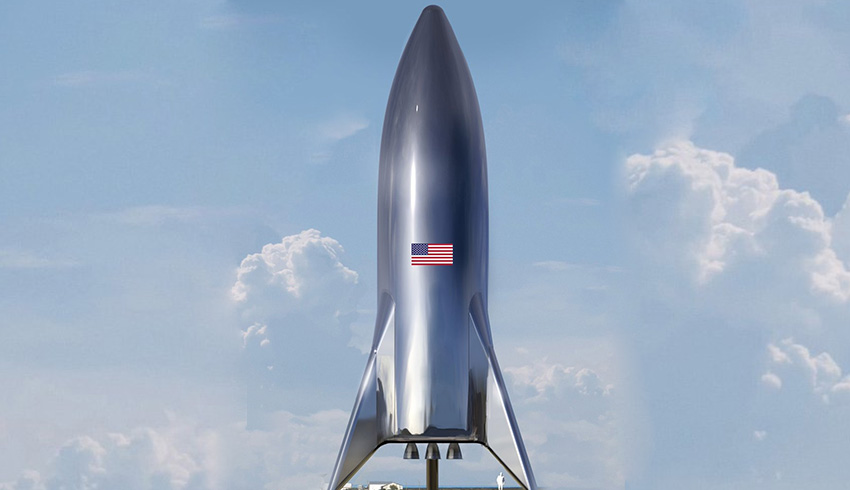
Company founder and CEO Elon Musk tweeted that the first "hopper test" is being aimed for "four weeks, which probably means eight weeks, due to unforeseen issues".
Musk also provided an illustration of what the test vehicle would look like, but said the operational starship "would [obviously] have windows, etc".
The test flights aim to achieve a height of five kilometres and as long as six minutes, with SpaceX still a few steps away from completing the build of the spacecraft.
SpaceX is developing Starship to take people to and from the moon, Mars and other destinations through the solar system.
Musk's company is also building a reusable rocket called the Super Heavy, which will serve as the booster for Starship.
SpaceX is aiming for its first mission to Mars in 2022, if development and testing go to plan, with the objectives to be to confirm water resources, identify hazards and install initial power, mining and life support infrastructure.
A second, and this time crewed, mission is set for 2024, with the aim of building a propellant depot and preparing for future crewed flights.
SpaceX will also use the first ships from these missions to serve as the beginnings of a first Mars base, with the aim of building a "thriving city and eventually a self-sustaining civilisation on Mars".
As well as interplanetary transport, Starship is designed to deliver satellites to Earth orbit and beyond.
Receive the latest developments and updates on Australia’s space industry direct to your inbox. Subscribe today to Space Connect here.









